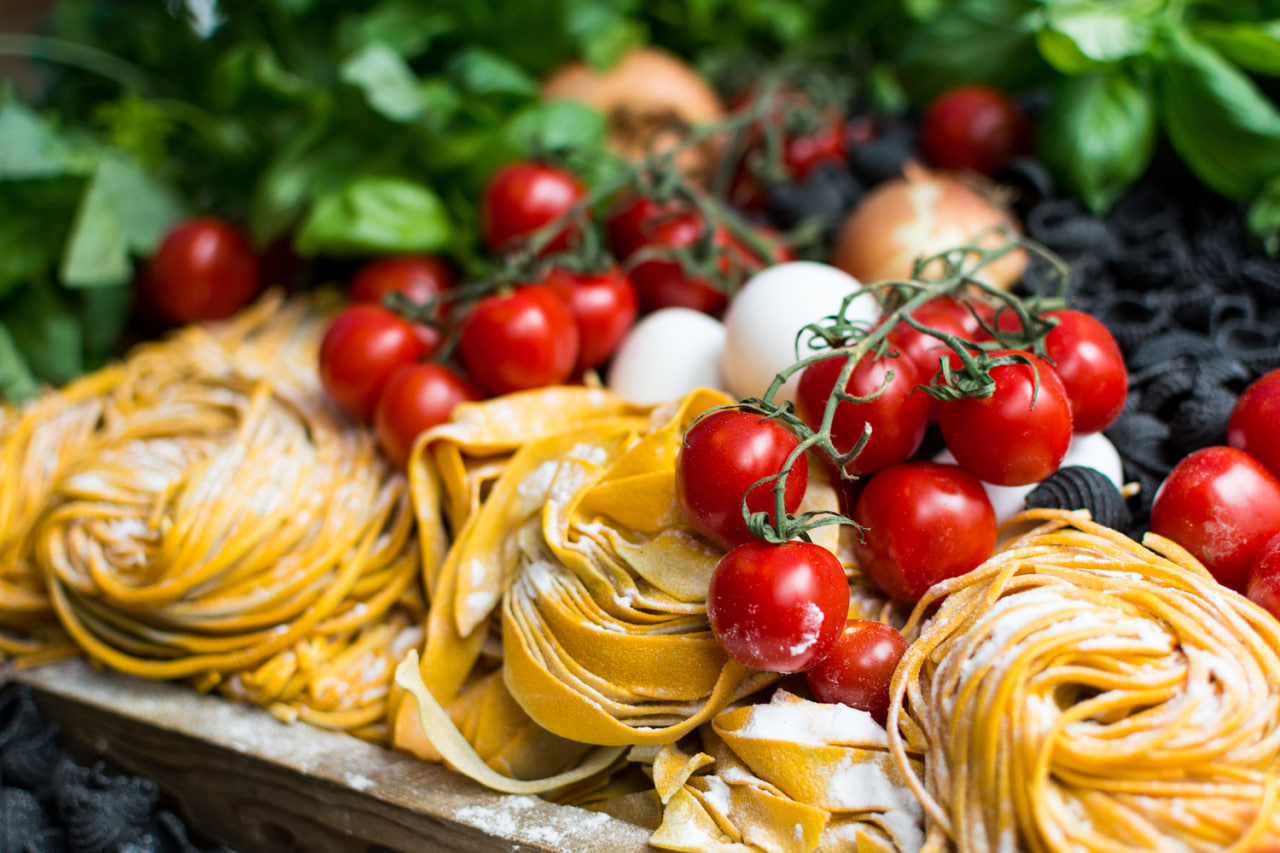Call us now:

The Role of Sauces in Italian Cuisine
Sauces are at the heart of Italian cooking, transforming simple ingredients into dishes bursting with flavor. They bind pasta, complement meats, enhance vegetables, and provide balance and richness to every meal. Understanding the fundamental sauces of Italian cuisine allows cooks to create authentic dishes, experiment with flavors, and adapt recipes to personal taste while preserving tradition.
Italian sauces are diverse, ranging from light, fresh, and herb-driven to rich, slow-cooked, and hearty. Each region has its own signature sauces that reflect local ingredients, climate, and culinary culture. Mastering these sauces provides a foundation for versatility in Italian cooking and a deeper appreciation for the craft.
Classic Tomato-Based Sauces
Tomato sauces are perhaps the most iconic in Italian cuisine. They vary in complexity from simple marinara to slow-cooked ragù. Marinara sauce is made with fresh tomatoes, garlic, olive oil, and herbs like basil or oregano. Its bright, vibrant flavor enhances pasta, seafood, and even vegetable dishes.
Ragù, including the famous Bolognese, is a slow-cooked meat sauce that combines ground meats, tomatoes, vegetables, and wine. The long cooking process develops deep, layered flavors, making it perfect for pasta, lasagna, and baked dishes. Understanding tomato acidity, seasoning, and simmering techniques ensures a balanced, rich sauce that is neither too tangy nor overpowering.
Olive Oil and Herb Sauces
Sauces based on olive oil and fresh herbs, such as pesto, are essential in Italian kitchens. Traditional basil pesto combines basil, pine nuts, Parmesan cheese, garlic, and extra virgin olive oil, creating a fresh, aromatic sauce ideal for pasta, meats, or bruschetta.
Variations include pesto alla siciliana with sun-dried tomatoes or pistachios, and herb-based sauces using parsley, mint, or rosemary. These sauces highlight the natural flavors of ingredients and require careful blending to achieve the perfect texture and consistency. Proper use of olive oil, herb freshness, and seasoning balance is crucial for authentic flavor.
Cream-Based Sauces
Northern Italian cuisine often incorporates cream-based sauces, which add richness and a velvety texture to dishes. Classic examples include Alfredo sauce, made with butter, cream, and Parmesan cheese, and carbonara, which combines eggs, cheese, and guanciale for a luxurious coating on pasta.
Cream-based sauces require attention to heat and timing to prevent curdling or separating. Combining dairy with emulsifying ingredients, such as eggs or cheese, creates a smooth, cohesive sauce. These sauces pair well with wide noodles, stuffed pasta, and delicate proteins, providing both flavor and mouthfeel.
Wine and Reduction Sauces
Wine and reduction sauces are used to enhance the depth of flavor in meats, seafood, and vegetables. Red wine reductions often accompany beef, lamb, or game, while white wine reductions complement chicken, fish, and lighter dishes.
The technique involves simmering wine with aromatics, stock, and herbs until it thickens into a concentrated, flavorful sauce. Proper seasoning, controlled reduction, and finishing with butter or olive oil create balance and sheen. These sauces demonstrate the Italian principle of enhancing ingredients without overwhelming them.
Garlic and Chili Infused Sauces
Garlic and chili-based sauces, such as aglio e olio or arrabbiata, provide bold, spicy, and aromatic flavors. Aglio e olio combines sautéed garlic with olive oil and a hint of chili flakes, creating a simple yet powerful pasta sauce. Arrabbiata adds tomatoes for a spicy, tangy accompaniment to penne or rigatoni.
Mastering these sauces requires precision in timing and heat control. Overcooked garlic can become bitter, while under-infused oil may lack flavor. Balancing spice and aroma ensures the sauce enhances rather than overwhelms the dish.
Butter and Nut Sauces
Butter-based sauces, often enriched with nuts or cheese, are prominent in Northern Italian cuisine. Classic examples include beurre blanc adaptations with Parmesan or hazelnut pesto for pasta. These sauces provide richness, subtle sweetness, and a creamy texture that pairs well with delicate proteins and vegetables.
Achieving smooth emulsification and integrating flavors without separation is key. Butter and nut sauces offer opportunities for creativity while staying rooted in Italian culinary tradition.
Using Sauces to Enhance Versatility
Mastering essential Italian sauces allows cooks to create endless variations and adapt recipes to available ingredients. Sauces can be layered, combined, or modified to suit personal taste while maintaining authenticity. Knowing the foundational techniques and flavor principles ensures that every dish—from pasta to meat to vegetables—is enhanced and balanced.
